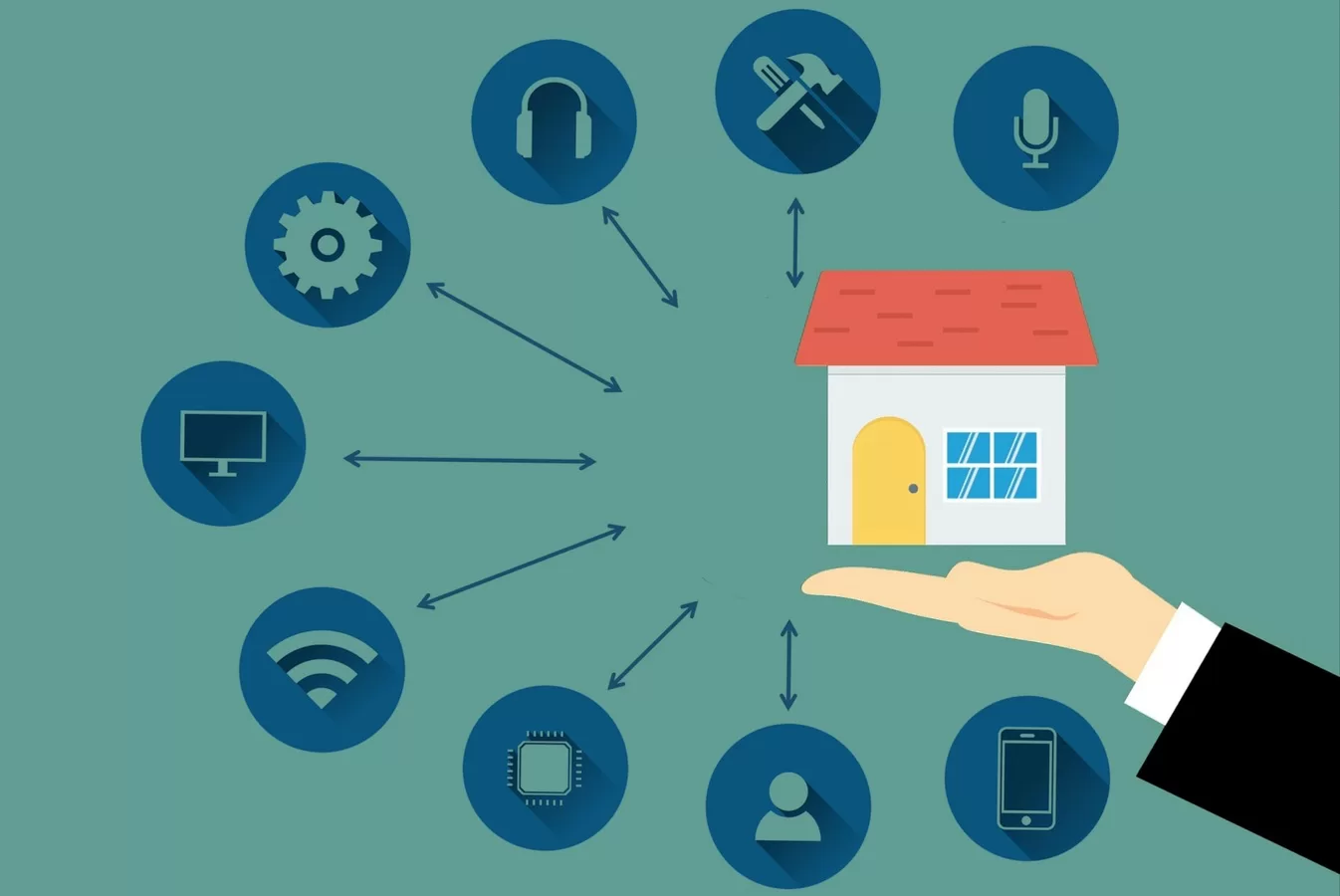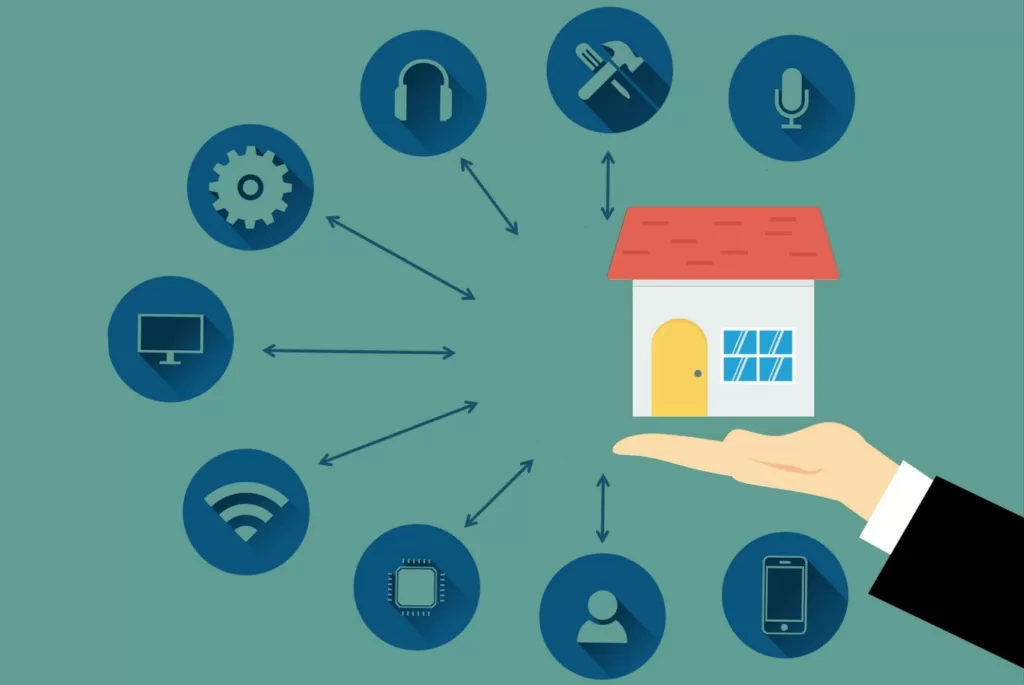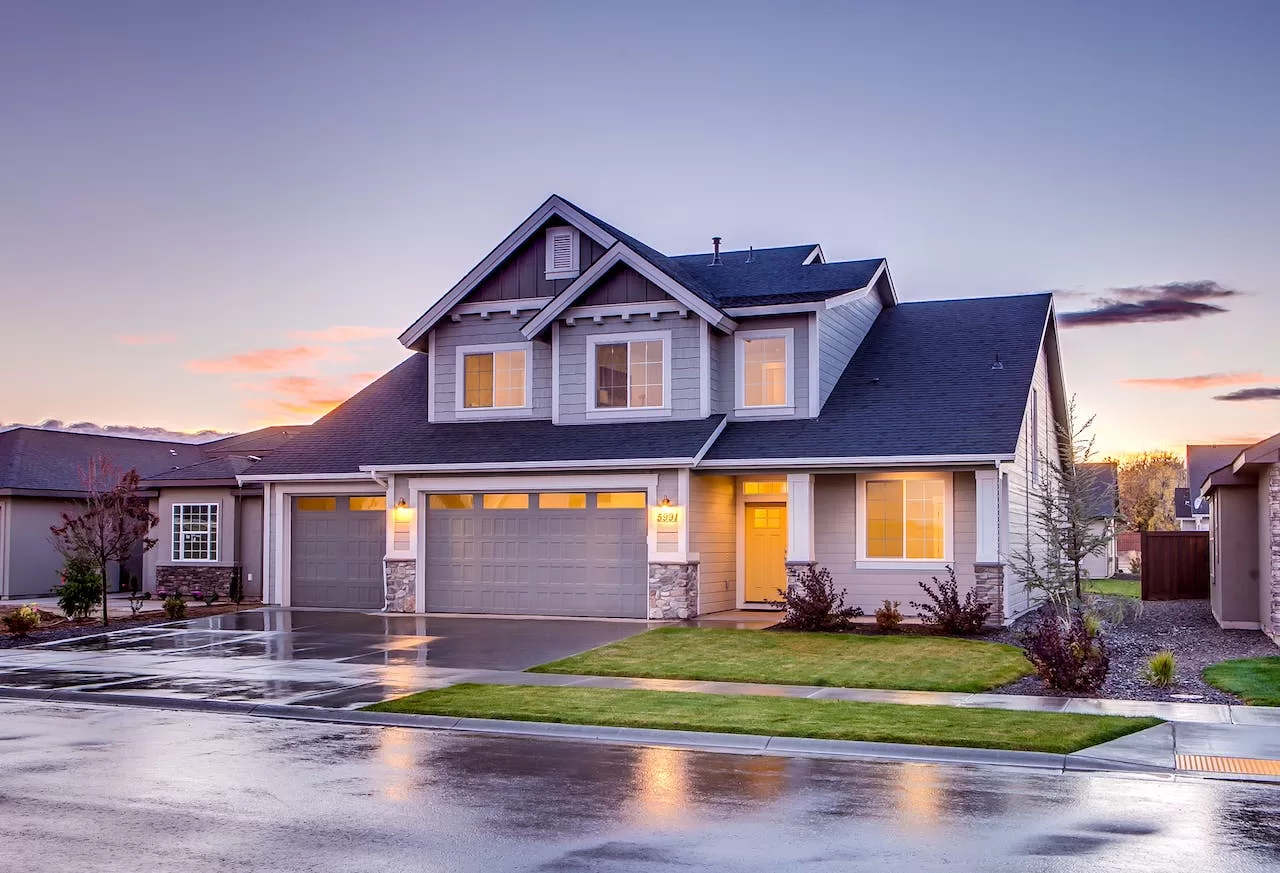As technology continues to advance, so do the tools available to homeowners looking to enhance their home security. With the increasing prevalence of smart home devices and innovative security solutions, there’s no better time than 2024 to take proactive steps to safeguard your home and loved ones.
From smart locks to sophisticated surveillance systems, securing your home has never been easier. Below, we rounded up 8 important steps to boost your home security, securing your family and valuables in the process.
1. Upgrade to Smart Locks:
Traditional locks rely on physical keys, making them susceptible to picking and unauthorized duplication. In contrast, smart locks provide a higher level of security through advanced features. Biometric access, such as fingerprint recognition, adds an extra layer of authentication, ensuring only authorized individuals can enter.
Remote monitoring allows homeowners to check the status of their locks and control access remotely, providing convenience and peace of mind. Temporary access codes can be generated for guests, service providers, or deliveries, reducing the need for physical keys that can be lost or copied.
2. Install a Comprehensive Security System:
A state-of-the-art security system combines various components to create a robust defense against potential threats. Cameras offer visual surveillance, capturing footage that can be crucial for identifying intruders or incidents. Motion sensors trigger alarms and camera recordings when unusual activity is detected, providing real-time alerts to homeowners.
Alarms act as a deterrent and alert neighbors to potential security breaches. The integration of these components enables comprehensive monitoring, giving homeowners the ability to respond promptly to any security concerns.
3. Embrace Outdoor Lighting:
Motion-activated outdoor lighting serves as both a deterrent and a visibility enhancer for security cameras. The sudden illumination of the property in response to movement deters potential intruders by drawing attention to their presence.
Energy-efficient LED lights not only save on energy costs but also provide consistent, bright illumination. Smart lighting solutions allow homeowners to automate lighting schedules, simulate presence, and control outdoor lighting remotely, contributing to a dynamic and responsive security environment.
4. Install Security Shutters:
Security shutters are an additional physical barrier that can significantly enhance home security. These robust, often motorized shutters provide an extra layer of protection for windows and doors, making it difficult for intruders to gain access. Besides acting as a deterrent, door or window security shutters can withstand attempts at forced entry, adding a physical barrier to complement electronic security measures.
Some modern security shutters can be integrated with smart home systems, allowing for remote control and automation. This feature provides homeowners with the flexibility to adjust the shutters based on security needs or create the appearance of an occupied home, contributing to a comprehensive home security strategy.
5. Secure Your Wi-Fi Network:
With the increasing reliance on smart devices, securing your Wi-Fi network is crucial. Strong, unique passwords prevent unauthorized access, while WPA3 encryption ensures data transmitted over the network is highly secure.
Regularly updating the router’s firmware addresses potential vulnerabilities and keeps security features up to date. Establishing a separate network for smart devices isolates them from the primary network, minimizing the risk of unauthorized access and protecting against cyber threats that may exploit vulnerabilities in connected devices.
6. Utilize Video Doorbells:
Video doorbells offer a visual and interactive element to front door security. Real-time footage allows homeowners to see and communicate with visitors remotely, enhancing control over access. Motion detection features further extend surveillance capabilities, alerting homeowners to any activity at the doorstep. Some models even store video recordings, providing valuable evidence in the event of security incidents or suspicious behavior. The integration of video doorbells into the overall security system ensures a holistic approach to monitoring entry points.
7. Invest in Smart Window and Door Sensors:
Smart window and door sensors act as a critical layer of protection for your home’s entry points. These devices detect unauthorized entry attempts, triggering alarms and notifying homeowners in real-time. The seamless integration of these sensors into the broader security system ensures a coordinated response to any security breaches. By securing vulnerable points of entry, such as windows and doors, homeowners can fortify their defenses against potential intruders.
8. Create the Illusion of Presence:
Smart home automation provides an effective means of deterring burglars by creating the illusion that the home is occupied. Scheduling lights, electronics, and other devices to turn on and off at specific times mimics the patterns of an active household.
Smart blinds and curtains can be automated to open and close, further reinforcing the appearance of occupancy. This strategic use of automation adds a layer to home security, making it less predictable for potential intruders and enhancing the overall safety of the home, especially when residents are away.
Conclusion
Enhancing your home security in 2024 requires a combination of technological solutions, vigilant practices, and community engagement. By implementing these eight important steps, you can create a safer and more secure environment for you and your family. Stay proactive, stay informed, and stay secure in the face of evolving security challenges.











